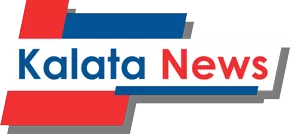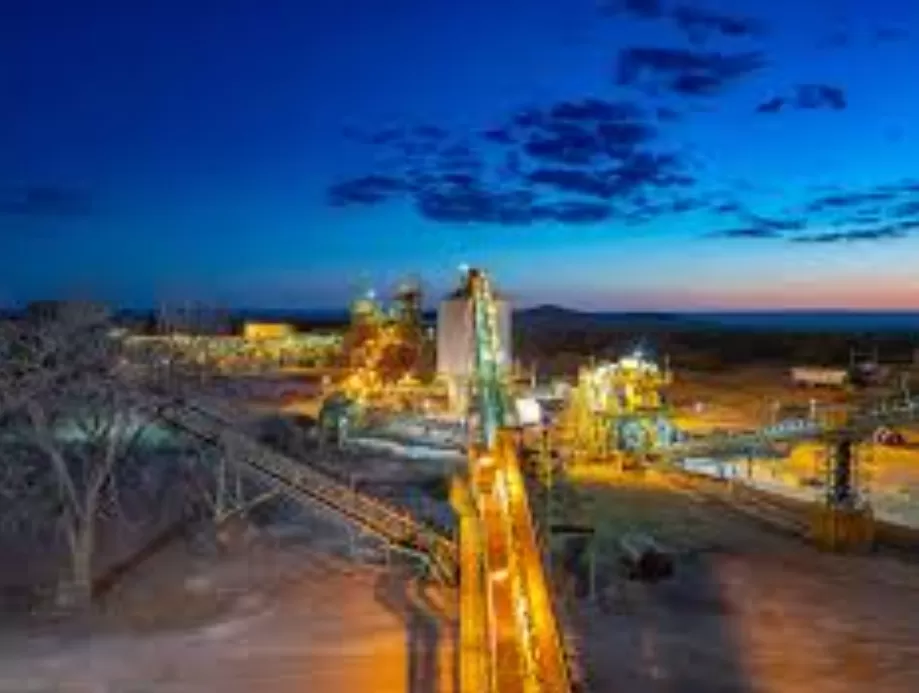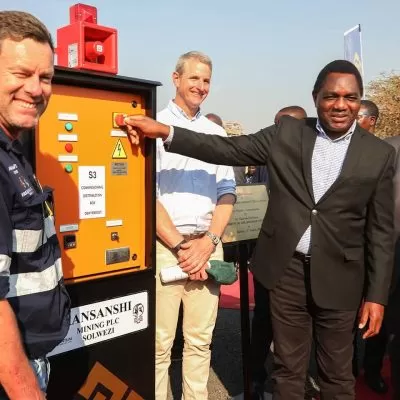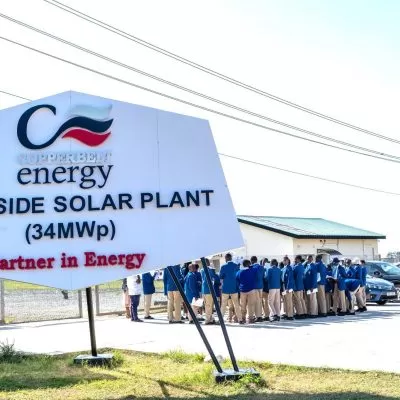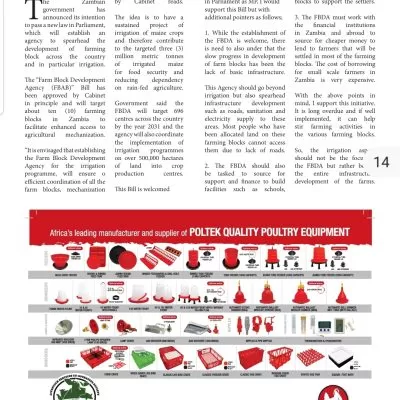Exploring Zambia’s premier nickel mine
By Anton Mauve
Consolidated Nickel Mines Ltd are committed to meeting growing nickel demands with a conscience. A perfect example is their Munali nickel mine, unique in being Zambia’s only fully operational nickel mine.
The Munali nickel mine in Zambia’s Southern province has just recorded its most successful year since mining operations recommenced in the spring of 2019, ramping up production to over 300 tons per month of nickel in a premium (12.5%) nickel sulphide concentrate. Despite a challenging start, production has stabilised, and the operations are now consistently producing high-grade nickel concentrate above targets month on month. Already unique in being Zambia’s only fully operational nickel mine, the CEO is determined that the company also be singled out for its conscious choice to produce an environmentally friendly metal from carbon-neutral operations.
In 2022, Consolidated Nickel Mines Ltd (CNM), established in the UK and running the Munali mine, plans to increase production to 350 tons per month, focusing on safety, reliability, and repeatability. The company intends to extend its life-of-mine to ten years and add a separate copper and platinum group metal circuit within the year.
CNM are bullish on nickel prices, particularly for their high-grade, sulphide-based concentrates for which they expect increasing demand, ensuring prices for their product continue on an upward trend.
Zambia’s Premier Nickel Mine
Munali is now in its third year of continuous operations and exporting high grade +12.5% Ni concentrate. Offtake agreements are in place and production ramp-up hit targets, producing 2,760t Ni metal in 2020, 3,672t Ni metal in 2021 and 3,946t Ni metal in 2022 (unreconciled). Munali’s production target is to produce 4,139t Ni in 2023 at average grades of +12% Ni concentrate
Munali Optimisation: Long Term Sustainability
CNM is implementing further concentrator optimisations including a dedicated Cu/PGM circuit and float automation to improve recoveries. Longer term, further value-add may be achieved by nickel sulphate or nickel metal production which attracts a premium.
Munali Nickel Mine
CNM acquired full operational control of the Munali Nickel Mine and adjacent exploration area in 2015 through a 10 year lease and royalty agreement with Jinchuan, with an option to extend for a further 10 years.
Located 75 km south of Lusaka in Zambia, the mine has excellent transport and communication links in a well-known mining jurisdiction.
Background
In excess of $180 million has been spent by previous owners on developing Munali and bringing the mine into production. However, for a number of reasons, such as the use of the wrong geological model and hence the wrong mining method being used, this led to uneconomic operations. When the nickel price fell in 2011, the mine was placed on care and maintenance.
CNM Turn Around
CNM have developed an optimised, mechanised mining method and a low cost mine plan. New metallurgical technologies and upgrades to the water supply system, primary plant and tailings management have also been implemented. A new JORC resource of 6Mt at 1% Ni has been defined and the new mining method means the nickel is extracted from the orebody more efficiently and economically. The mine was restarted in 2019, exposing management weaknesses in CNM.
Co-owners, CE Mining Ltd (CE), assumed full operational control in mid 2019 and appointed an entirely new, strengthened management team
Nickel markets
The primary market for nickel in the 2000s was for stainless steel production, which eventually resulted in low nickel prices following large-scale stockpiling during China’s commodity boom. The stainless steel market continues to grow, still accounting for around 70% of the world’s nickel market. Still, now that the electric vehicle market has come into play, Munali can showboat its strengths and align production with its core values and EV focused mining rationale.
While the EV markets’ demand for nickel has sky rocketed and this journey towards mass electrification is good news for the nickel industry’s pocket, it also raises environmental concerns. Fortunately, the nickel produced at Munali is a high-grade sulphide that attracts a premium and is ideally suited to the EV market. It is also produced with minimal impact on the environment. Munali encapsulates the ‘cradle to grave’ concept concerning carbon usage, resulting in a carbon-neutral and potentially carbon negative operation. Additionally, it runs on Zambia’s 80% hydro-based power supply and is committed to the reforestation of the unique Miombo woodland biome within the boundaries of the operation. Strong collaboration with the local community and stakeholders around education, health and environmentally sustainable practices are a priority for CNM.
Enhancing woodland areas
Widespread deforestation around the mining area, which arose due to the intensive clearing of trees for charcoal production, is being addressed. The Miombo woodland collaboration has rejuvenated large woodland areas within the mine site’s borders. This initiative began, small-scale, with the planting of indigenous trees by staff and management and is now being rolled out on a much larger scale with the planting of over 20,000 hardwood trees in the pipeline. New initiatives to demonstrate the commercial value of the reserve to the community in a sustainable manner are also being practised. Once established, the Miombo woodland can support a sustainable charcoal industry, honey farming and mushroom growing, potentially creating new jobs within the community. Training and awareness around forest conservation are also being driven, including how charcoal production can be maintained sustainably.
Additionally, fruit trees are being planted in the local communities to support community orchards. Over 250 fruit trees have already been planted, including avocado, guava and mango. This project has a target of planting over 2,500 fruit trees. Munali will continue to intensify and vastly expand its tree-planting programmes over the next five years.
A commitment to social responsibility
Munali is privileged to hold a social licence to operate (SLO), having met and surpassed all its social commitments to date and has been recognised by the Zambian Government for its innovative approach to CSR. Munali continues to invest in projects that focus on the three social development pillars of education (including vocational skills training), health, and agriculture in the local communities impacted by the mine and beyond. In addition, collaboration with the local community and institutions of higher learning and partnerships with government, local businesses and non-profit organisations continue to strengthen and grow, the aim being to leave a positive legacy, empowering the community long beyond the operational life of the mine.
The demand for high-quality nickel sulphide will continue to surge as the trend towards electric vehicles increases, putting Munali on a firm footing for the future. According to IDTechex’s report on Materials for Electric Vehicles, “the likes of PSA, VW and Tesla have pledged to reduce the environmental impact of their batteries. This becomes challenging as the choice of suppliers that can meet the demands of these large automotive companies is limited.”
With Munali striving to be at the forefront of socially and environmentally conscious production, it is their aim, and indeed one of their guiding principles, that health and safety, social development and environmental stewardship are synonymous with successful operational performance. The EV market provides a realistic solution to reducing pollution from fossil fuels so long as we ensure the materials used in their production are produced sustainably and with mindfulness of their environmental impact.
As demand increases, estimates say by around 5% per annum for the EV market alone; and with few large-scale nickel projects recently developed, Munali finds itself in an enviable position. The balancing act will be continuing to produce nickel metal to demand whilst maintaining the high environmental standards Munali prides itself on. Not only to maintain these standards, in fact but to surpass them.
Low emission mining
A carbon calculation exercise has now been carried out internally at Munali to strict parameters taking into account all direct emissions (diesel, acetylene gas) and indirect emissions (electricity). The current mining fleet was also evaluated and subject to regular carbon emission tests by the Mine Safety Department. Emission quality is in conformance with statutory limits, but Munali wishes to reduce this further and is investigating the viability of fleet conversion to hydrogen-powered units. Munali is optimistic that this approach will be viable as the technology to convert existing diesel engines to hydrogen is well established and is also a cost-effective innovation. The implications of undertaking the hydrogen project and the cost-benefit analysis are well underway.
In the long term, Munali hopes that their Zambian operation will be the benchmark for other base metal operations within Africa. Being one of very few operational nickel mines within Africa, CNM will be well-positioned to bring stranded projects and mines back into production. Munali will serve as a template for CNM of how the expertise, operational know-how and dedication to sharing the benefits from the mine’s presence with all in-country stakeholders can be achieved in practice whilst simultaneously ensuring that mining operations do not adversely impact local communities but indeed, are enriched by their presence. Expanding this approach into other mining jurisdictions, creating a chain of wealth that contributes to a sustainable improvement in the social and economic wellbeing of local communities, alongside profitable operations, is the ultimate goal.
Anton Mauve, CEO at CNM, states: “I am extremely excited by CNM’s position as a unique, premium nickel sulphide producer. As the company matures, we will be looking to expand with a view to meeting battery demand and bringing further prosperity, growth and innovation to Africa.”
Please note, this article will also appear in the ninth edition of ourquarterly publication
